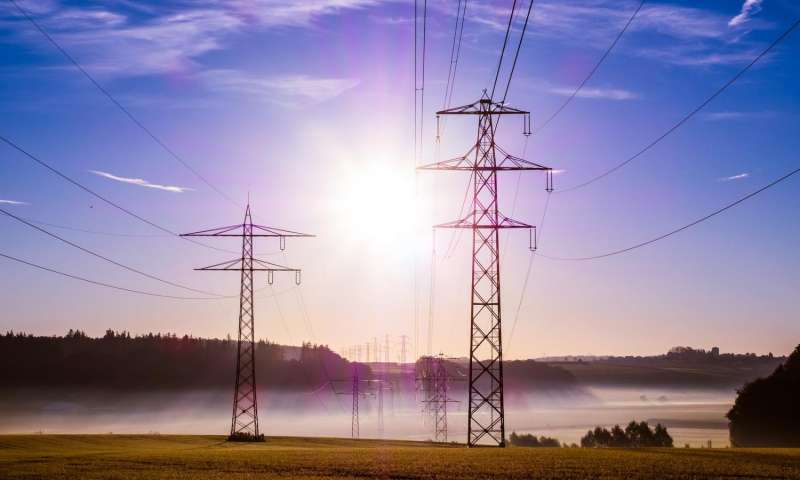Sahara solar plan win-win for Africa, Europe
By Reuters
Arc Flash Training CSA Z462 - Electrical Safety Essentials
Our customized live online or in‑person group training can be delivered to your staff at your location.

- Live Online
- 6 hours Instructor-led
- Group Training Available
Guenter Gloser, deputy foreign minister, told Reuters 20 gigawatts of concentrated solar power (CSP) — the equivalent of 20 large conventional power plants — could be harvested each year by 2020 if the project called Desertec got off the ground.
Gloser said the green energy would be used in Europe and Mediterranean Union states producing it and dismissed notions Europe would create "energy colonies," saying it could also help Mediterranean integration and significantly cut CO2 emissions.
"It's a truly fascinating project because it's a 'win-win' for everyone," Gloser said after blue-chip firms announced interest recently in the venture that would also include wind energy in a network of projects.
"It's a cooperation that will contribute to diversifying energy sources, geographically in terms of energy sources. And it isn't only the north that's interested in acquiring renewable energy but countries south of the Mediterranean as well. This is no way an issue of the north dominating the south."
German reinsurer Munich Re sparked some "gold-rush-like" enthusiasm in Germany when it announced it had invited heavyweight firms such as Deutsche Bank, Siemens and utilities E.ON and RWE to a July 13 meeting to agree on a joint project that could end up supplying 15 percent of Europe's electricity.
Europe depends significantly on Russia for energy, a situation the EU wants to redress following recent disruptions.
The 20 companies aim to sign a memorandum of understanding to found the Desertec Industrial Initiative, which would then commission studies on various projects in North Africa.
It would take CSP — a technology that uses mirrors to harness the sun's rays to produce steam and drive turbines to produce electricity — from the Sahara and deliver to markets locally and in Europe.
Using high-voltage direct current transmission lines there is only a minimal power loss of 3 percent per 1,000 kilometers.
Solar thermal is a well-tested technology, from operation since the 1980s of an installation in the U.S. Mojave Desert, but it is still a more expensive source of electricity than fossil fuels. No details have emerged on government incentives to make the project viable, essential to draw private backers.
Gloser said the "ownership principle" is a key aspect; the power is not only for export but for use by nations producing it. He said, for example, Morocco, Algeria and Egypt could cut fossil fuel use by utilizing their own CO2-free energy.
The Desertec Foundation has noted in six hours the world's deserts receive more energy than mankind consumes in a year.
Gloser, who has helped shepherd the project together with France and Egypt over the last two years, admitted he was a bit surprised by the sudden awakening of interest.
"About 15 months ago Germany and France proposed including the solar plan on a list of projects for the Union for the Mediterranean. We thought: 'Why not use the sun belt where there is such an abundance of sunshine as a renewable energy source?'"
It is one of six Euro-Mediterranean Partnership projects and, according to Gloser, it has advanced the farthest.
"We agreed to move forward with the project and want to go forward step-by-step toward its implementation. Our task is to create the political framework — setting up feed-in tariffs and ensuring the infrastructure is built."
Gloser said the project would be largely financed by private investment. More details are expected at the July 13 meeting.
Gloser said even though German, Spanish and Danish firms with many years of know-how with renewable energies may stand to benefit most, the project would stimulate economic activity and profit firms in many other countries in the 43-nation bloc.
He also downplayed concerns about potential political instability in the region, in part because host countries will have stakes in the plants themselves. He said the EU already imports energy from regions and sources that are not risk-free.
"Energy security is an important issue everywhere," he said.
Gloser said he was pleased the project was gaining momentum.
"There are so many positive aspects that come together: know-how, the sunbelt, political cooperation, development, stability, security and partnership. Now it's time to come up with some realistic timetables and see how we can move forward to make this project a reality."











